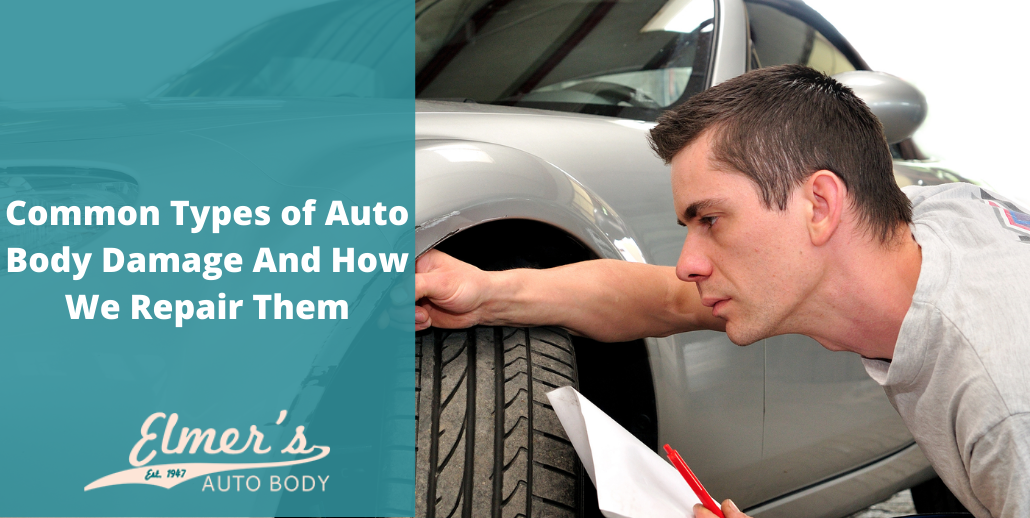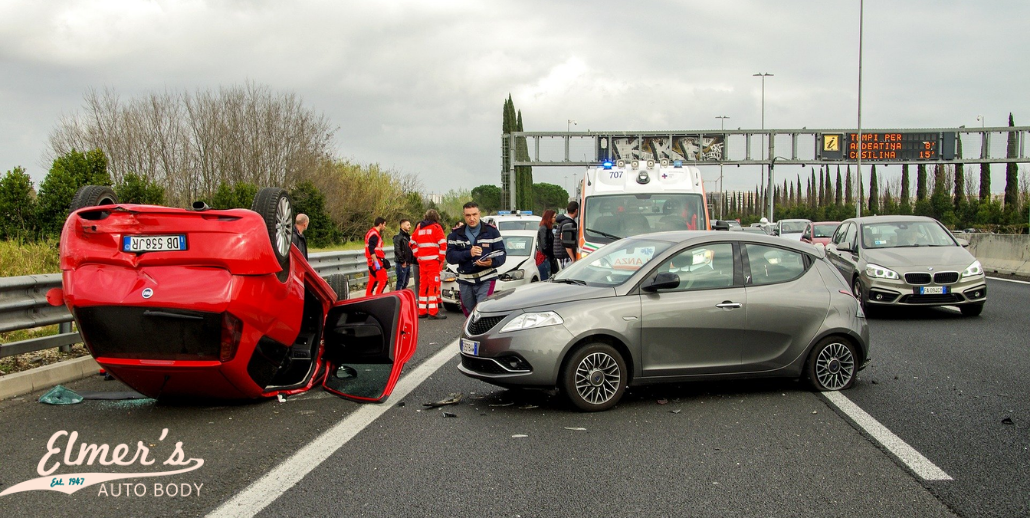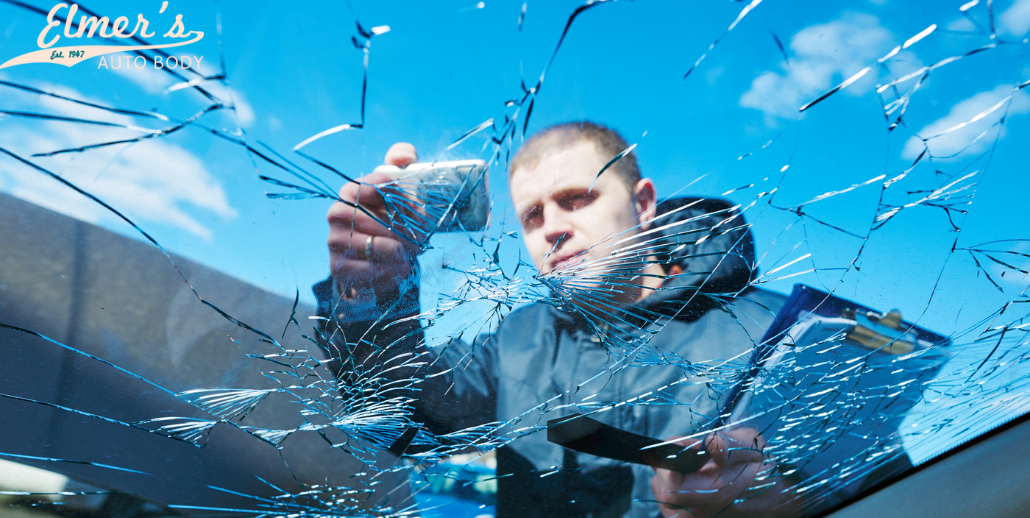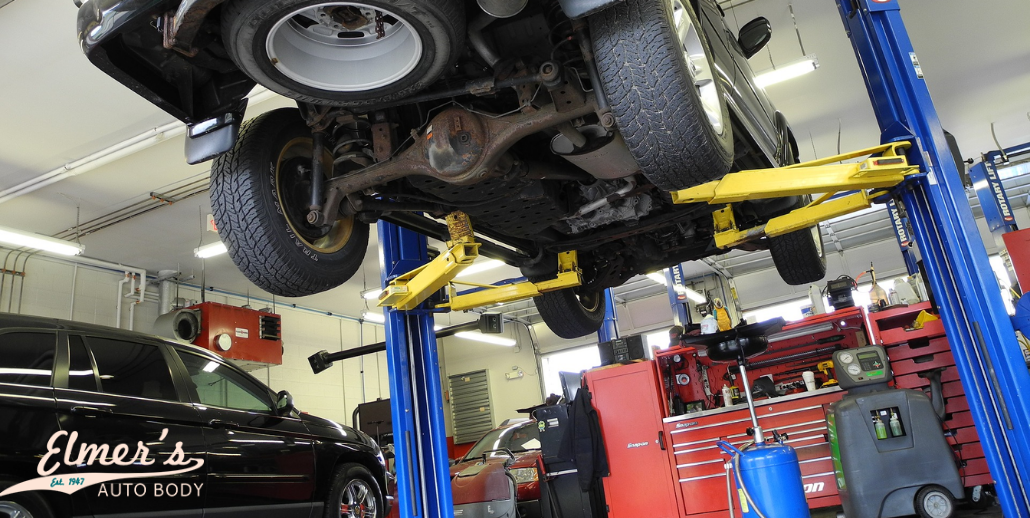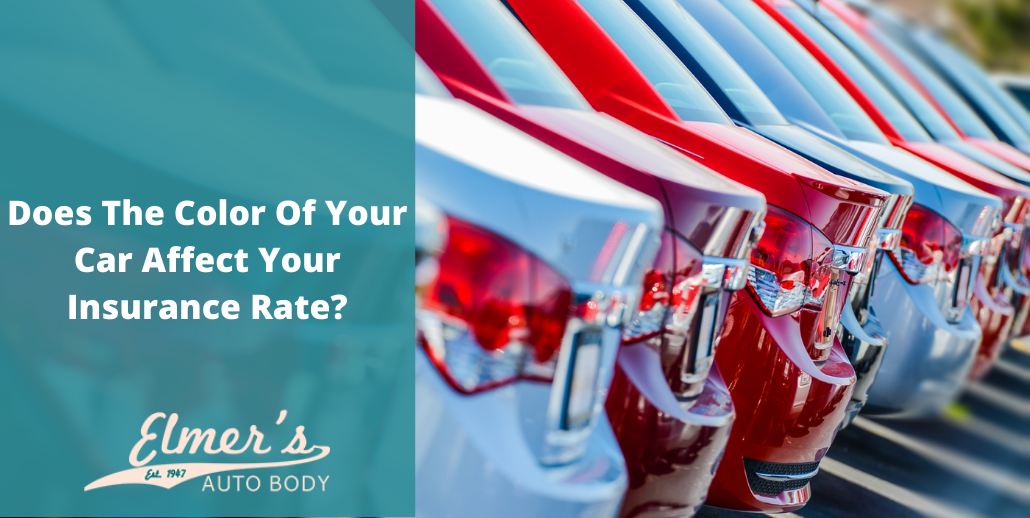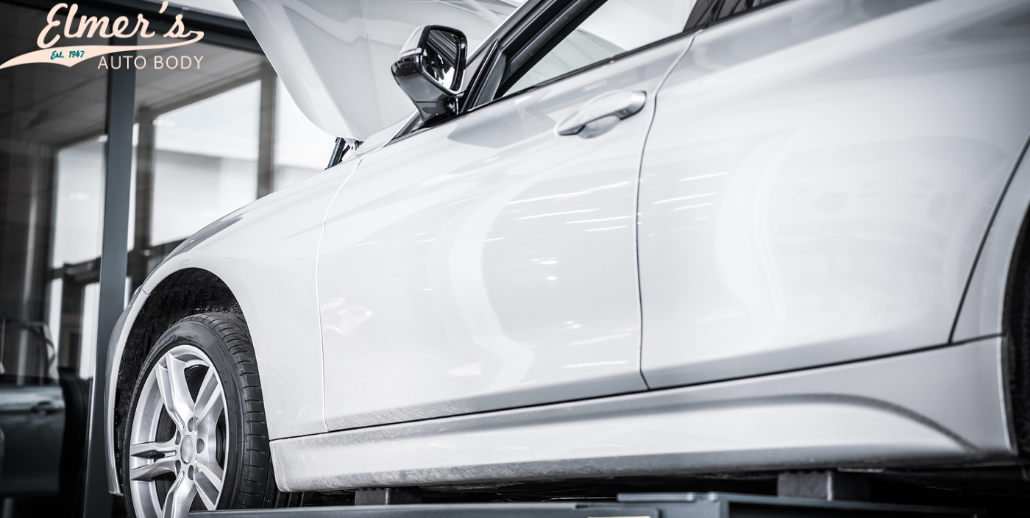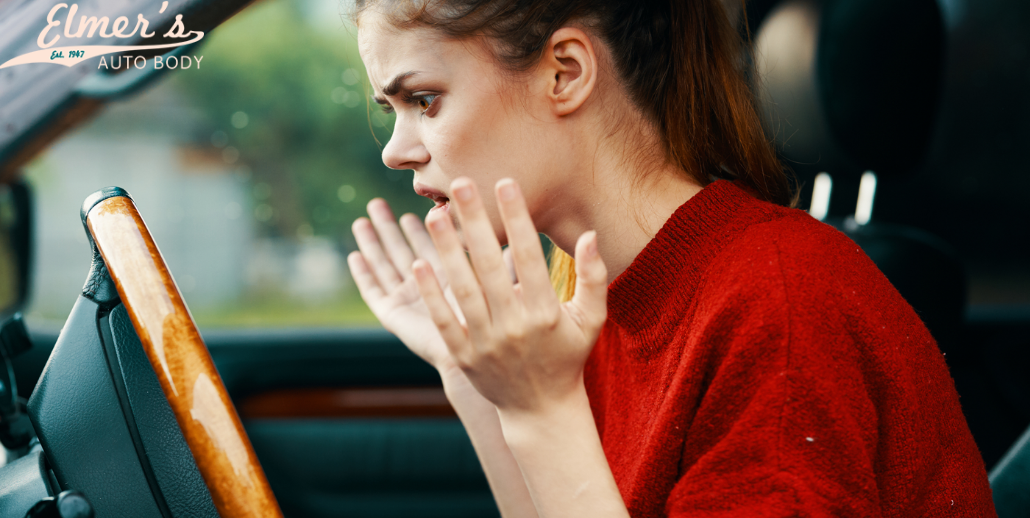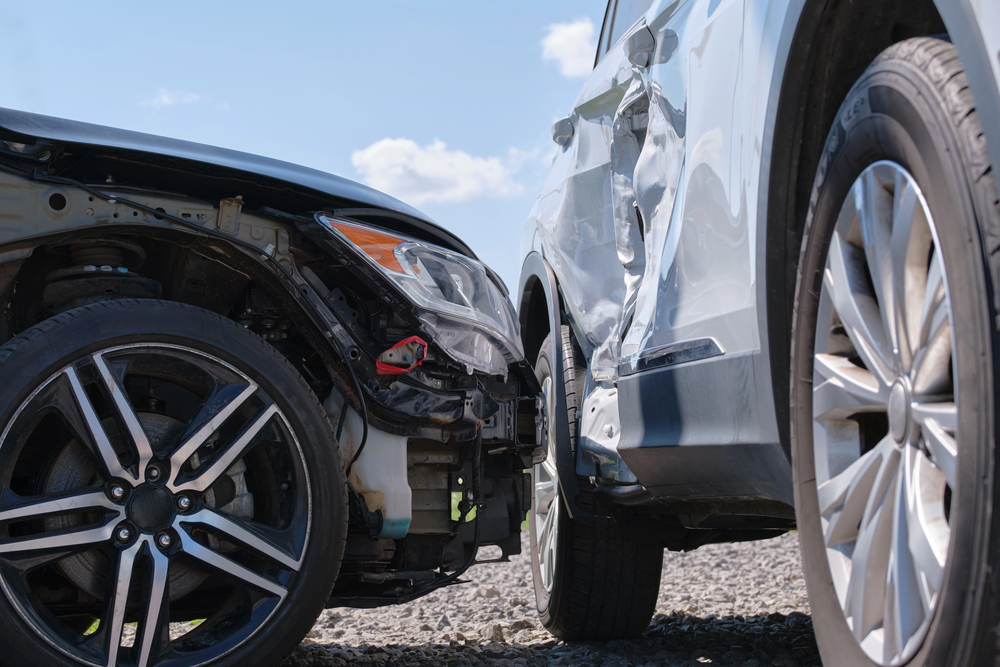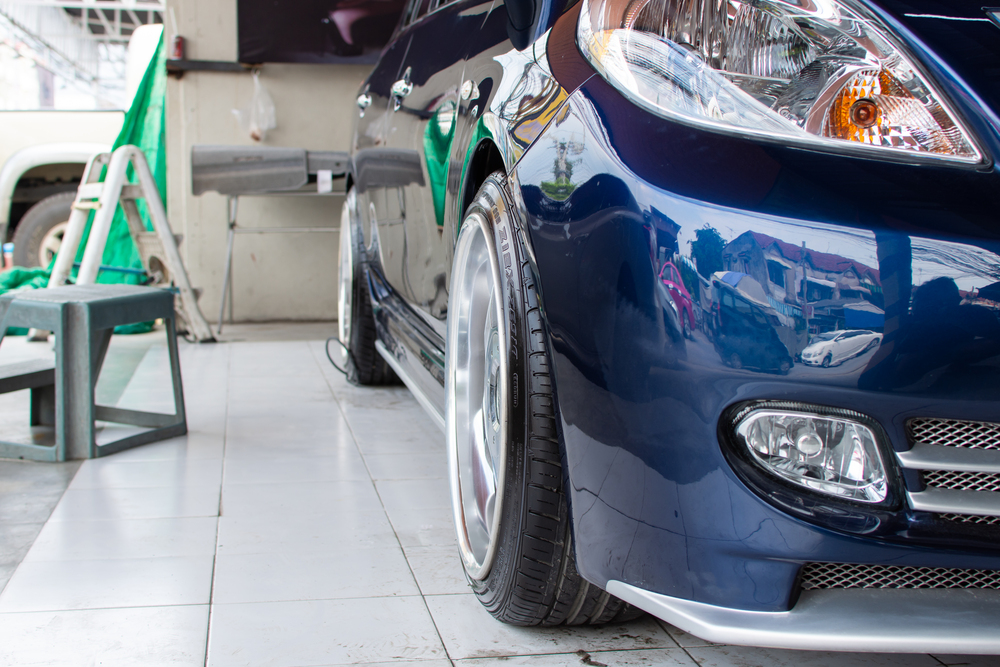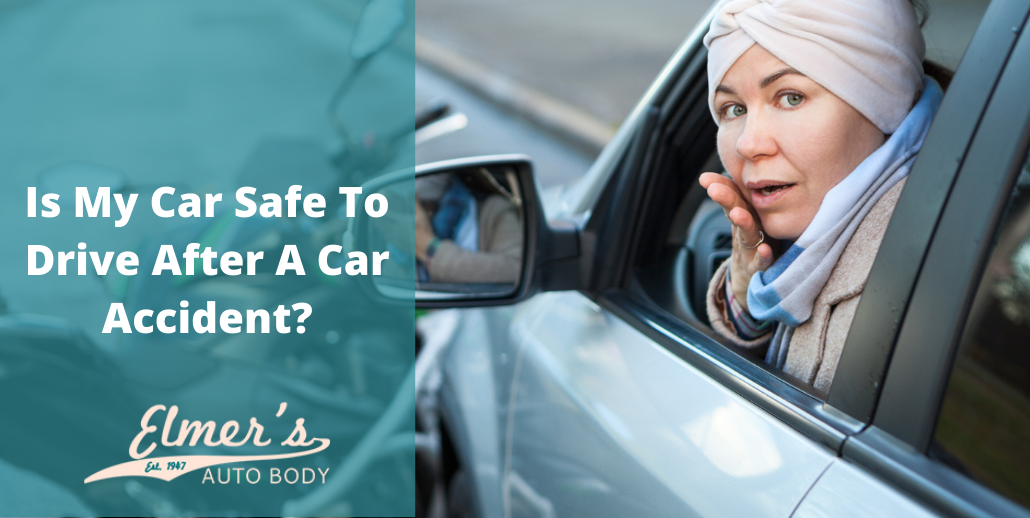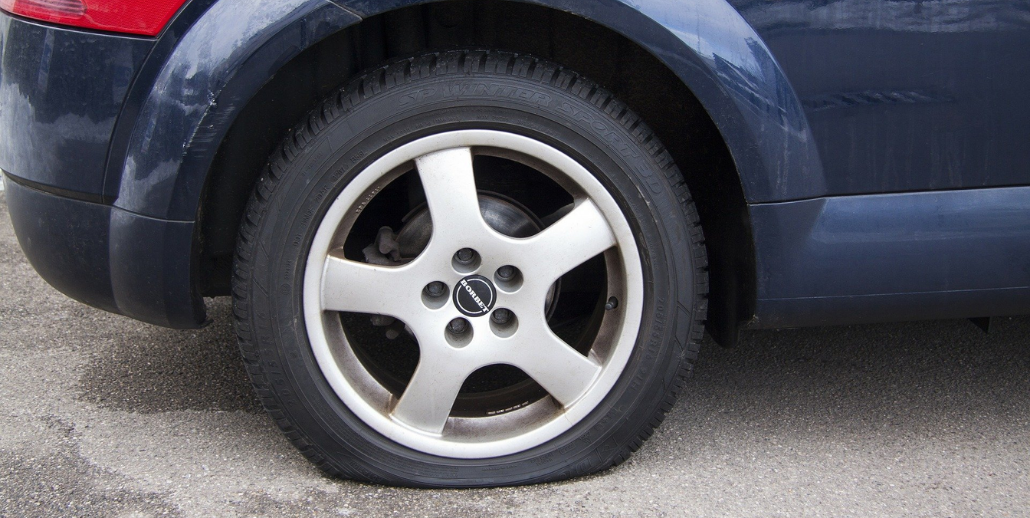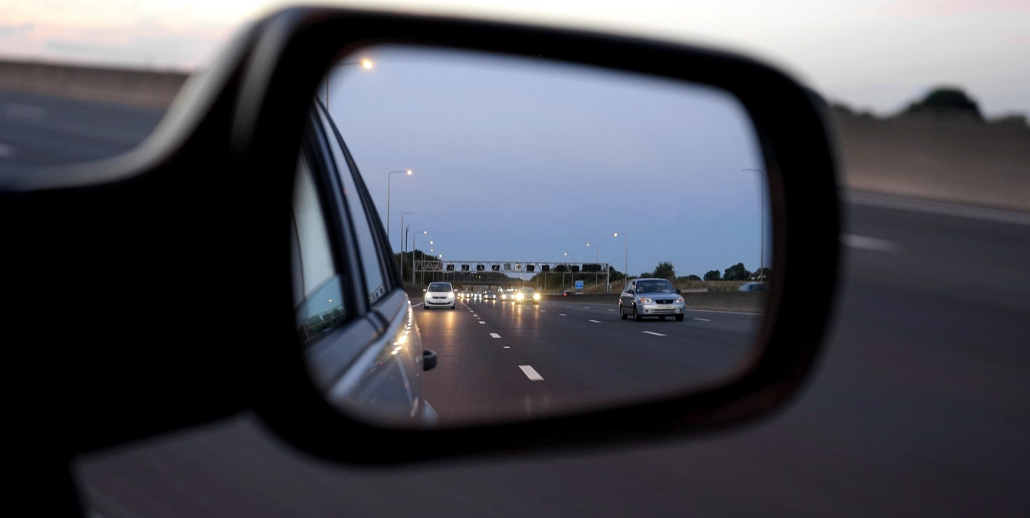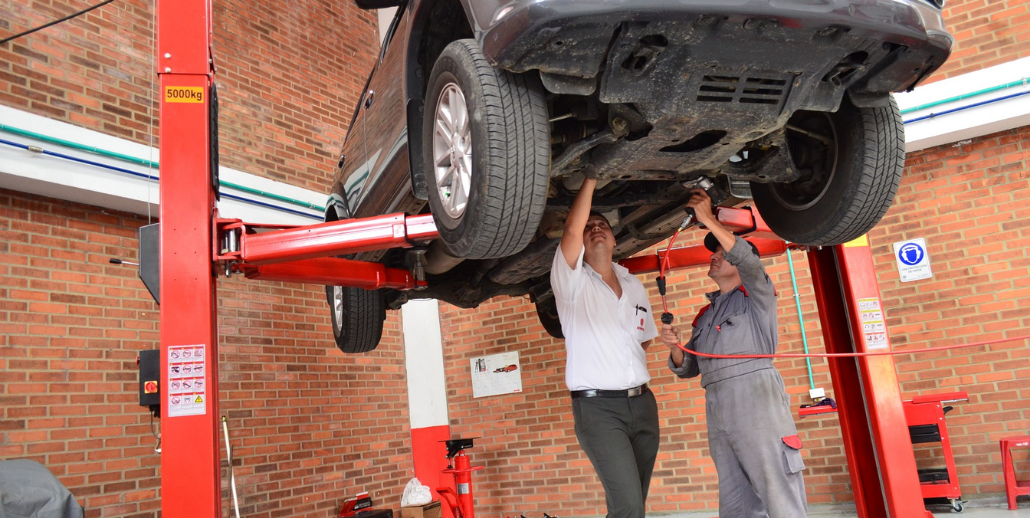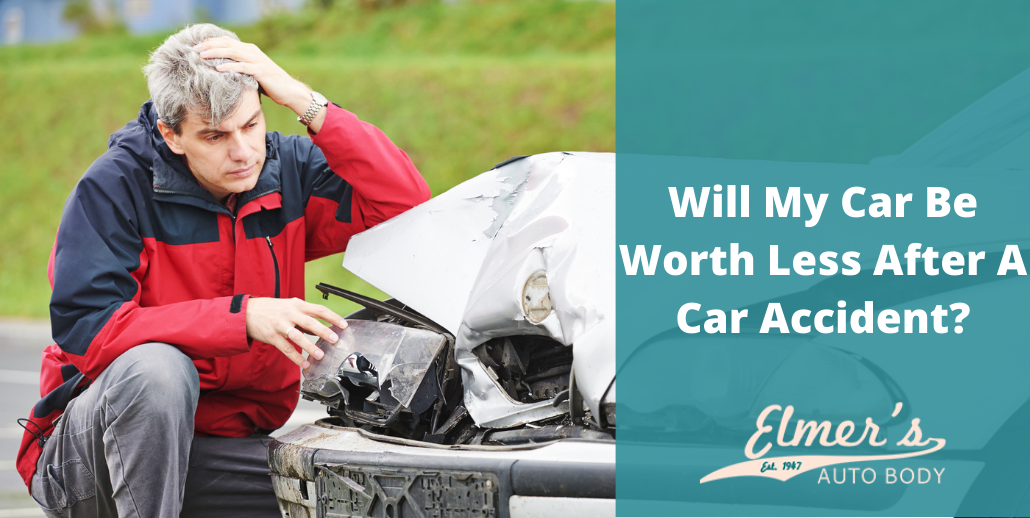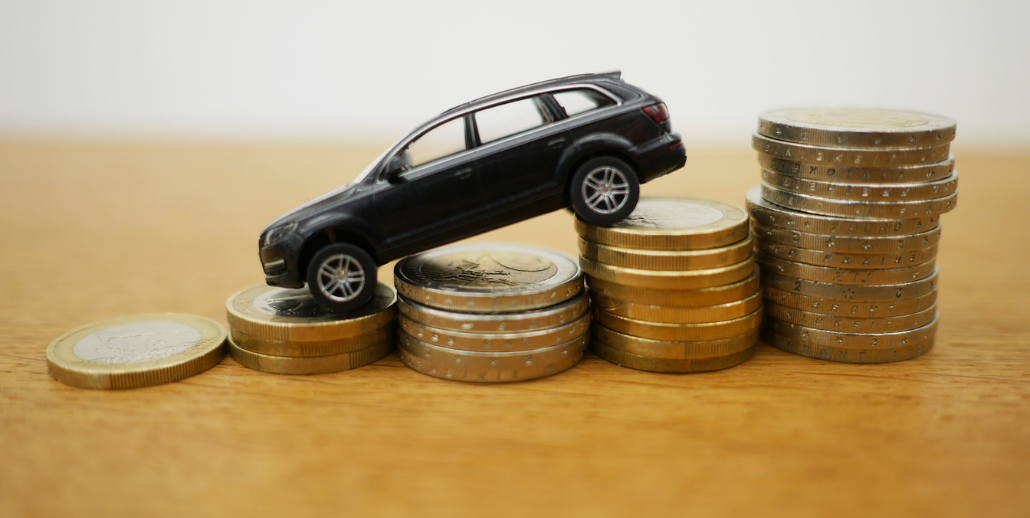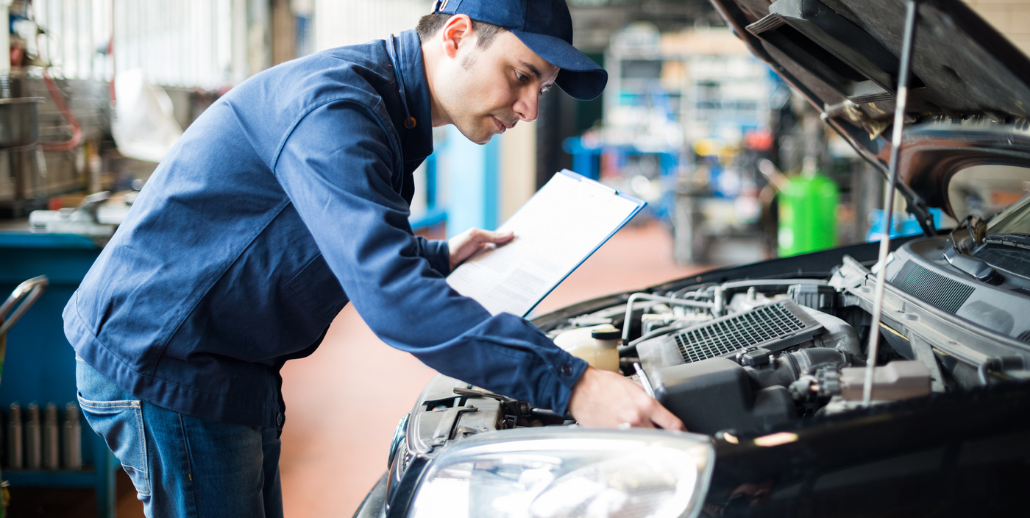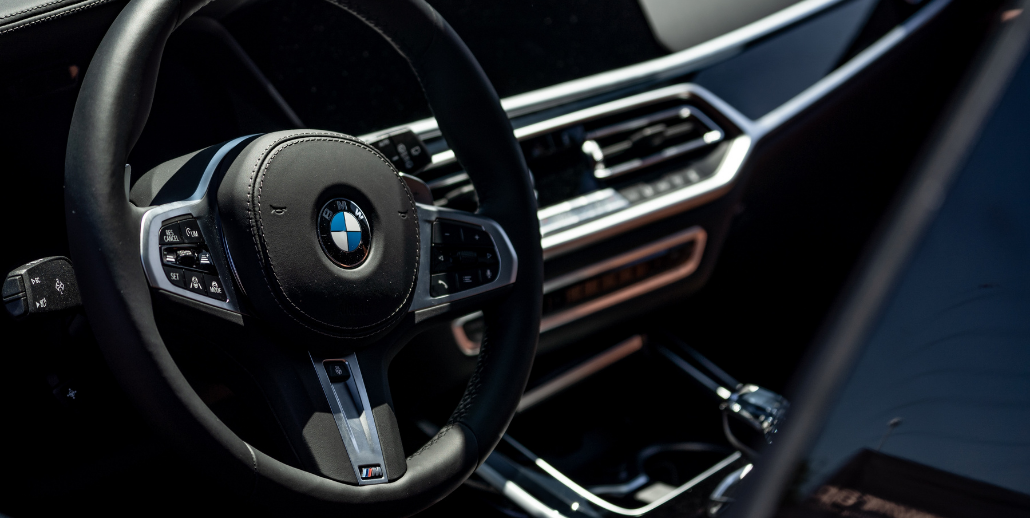No matter how safely you drive, you cannot avoid collisions or prevent damage to your vehicle. Even when your car is parked, someone could open their door into it and cause a ding to your fender. A driver might not pay attention to the road and hit your bumper. It isn’t even other drivers that can cause damage. Stones thrown from the roadway by a passing vehicle or hail can also cause issues. Luckily, auto body damage can be repaired. In some cases, with the latest technology, these repairs may only take minutes. Here are some causes of damage to your car and what can be done to fix these common body damage issues.
Weather Damage
Your car’s exterior is vulnerable to the outdoor elements throughout the year. Paint can become faded in the summer. During the winter, road salt is known to corrode your exterior paint, and those frequent temperature changes can cause a crack in the windshield. For those spring storms, hail and heavy winds might leave your car with chipped paint and extensive dents. If you want to avoid these damaging elements, you should try to park undercover to protect your vehicle.
However, even if you keep your car in a garage or carport, chances are the vehicle spends a little time exposed to the elements. You may have to park in an open parking lot when you are at work. While you are in the grocery store, your car is sitting in the hot sun or winter cold. Weather can damage your vehicle’s finish, and that minor damage can lead to rust spots on your car. At Elmer’s Auto Body, we can sand and repaint any damaged areas to return your vehicle to its original beauty. If your car has developed rust, we may be able to cut out the affected area and replace the metal for a beautifully restored appearance.
Lack of Maintenance
Lack of maintenance might be a secondary source of auto body damage, but it is important to your vehicle. When you own a car, you need to perform routine maintenance on your vehicle. Regular maintenance can often feel like a burden, but it is crucial to protect your vehicle. You need to check your brakes, steering systems, and other components. If you fail to perform maintenance, you might end up in an accident. Keeping your vehicle in poor condition can cause damage to your car and pose a threat to you, your passengers, and others on the road. You want to make sure to service your vehicle at least twice a year.
Major Collisions
Any accident can cause severe damage to your car, especially major collisions. These accidents can break windshields, destroy body panels, and damage steering systems. If your car is damaged in an accident, you will want to have your vehicle towed to a professional auto body shop.
Minor Fender Benders
After a car accident, the damage is often visible on the vehicle. However, those minor fender benders cause many problems that might not be visible to the naked eye. Those small bumps can damage your steering, frame, engine, windshield, and other hidden parts. Like any accident, you want your car inspected before hitting the road.
Miscellaneous Factors
However, there are times when a random accident can cause damage to your car. These unexpected situations can come from a runaway baseball, a pothole, or a faulty car component. You can take some steps to avoid these common issues, but some things might be out of your control. No matter what happens to your car, you need to take steps to prevent any more damage to your vehicle.
Now that you know about the common causes of damage to your car, you can find ways to repair them. With a professional auto body shop, your vehicle will be fixed with the latest technology as they get it back to its original condition.
Scratches In The Paint
Despite your diligence, there will be scratches in the paint of your car. It could be as simple as a shopping cart that rolls into the side of your car or a key ring striking the door as you unlock it. You could even scratch the car while loading items into the backseat or trunk. A professional auto body repair shop can easily buff out a small scratch. However, those large scratches need filler and paint to seal the surface’s large depression. With the help of a professional, the paint can be electronically matched to the surface of your vehicle. In turn, you will never know that the car suffered from scratched paint, and you will be left with a seamless finish.
Body Dents
Almost anything moving can dent your vehicle. A rock from the car’s tire in front of you, a child’s bicycle handle when they ride too close, or a dropped object you are trying to load could lead to dents. These dents can range from massive craters to tiny bumps. After assessing the dent, the technician can use conventional repair methods or paintless dent removal tools. If the paint is still intact, we can use paintless dent repair to fix the damage. Paintless dent removal does not disturb the current coat of paint.
On the other hand, conventional methods require the paint to be redone or touched up. There are three different techniques to remove a dent. They often include a dolly and hammer, stud welder, or dent puller. These methods use tools that push, hammer or pull the dent so that the panel can be smoothed back into its original shape.
In some cases, the panels have deep dents that are irreparable and need to be replaced. If the dent is significant, we will drill a hole near the dent, insert a special tool, and pull it from the surface. We also use body filler to smooth the surface and paint the area.
Suspension Damage
During the winter, those unnoticeable potholes can do a lot of damage to your car’s suspension. If the damage is quite severe, then the ball joint or shock absorber may need to be removed and replaced. However, in some less severe cases, the wheels might need to be realigned.
Cracked Windshields
Windshields are extremely important. They provide a clear view of the road as you travel in your car. When damage happens to a windshield, it can incur a small chip or break the glass. In those severe cases, the entire windshield will need to be taken out of the weld and replaced with new components. Any small cracks or chips can be easily fixed. Many of the issues just need a resin injection to prevent spread across the windshield and restore its strength.
Bumper Damage
Rear-ended accidents are a common occurrence for many vehicles. You could be stopped in heavy traffic and get bumped by a distracted driver. In some cases, you need to have your bumper replaced, especially for those components that are damaged beyond repair. However, some damage can be reversed. A cracked bumper will need body filler to smooth out any damage. After that, the new paint must be applied to reseal and protect your vehicle.
Collision Damage
After a collision, minor damage can be repaired quickly using similar body repair processes. However, a severe accident can cause extensive damage to the car’s frame. In those cases, your vehicle might be too damaged to drive. A bent frame may indicate that the vehicle was in a severe accident. With today’s technology, we can use computer-aided equipment to pull the frame back into position. In turn, you can hit the road without any worries for your car.
Find The Right Auto Body Shop For Your Vehicle
After encountering any type of damage to your vehicle, you need to find the right professional auto body shop. There are a few simple steps to ensure that you find the best shop to complete your repairs. You should always do some research before selecting an auto body shop. These professionals can be vetted by reading reviews, checking certifications, and asking your family and friends. You will find a shop that provides top-notch service and backs up their work.
It is also important to ask questions. You want to make sure that your professional auto body shop has the experience to complete your required work. When these questions are answered, you can have some peace of mind that your car is left in reliable hands. Finally, any reputable shop will provide a free estimate for your repairs.
Find The Best Auto Body Shop Near Me
After you have received a few quotes, you can find the right shop that has the combination of reliability, fair pricing, and experience. At the end of the day, you will find that Elmer’s Auto Body will meet all those requirements.
If your vehicle has suffered damage, contact Elmer’s Auto Body by calling (856) 218-0202. Our technicians will work to get your car back on the road as quickly as possible.

